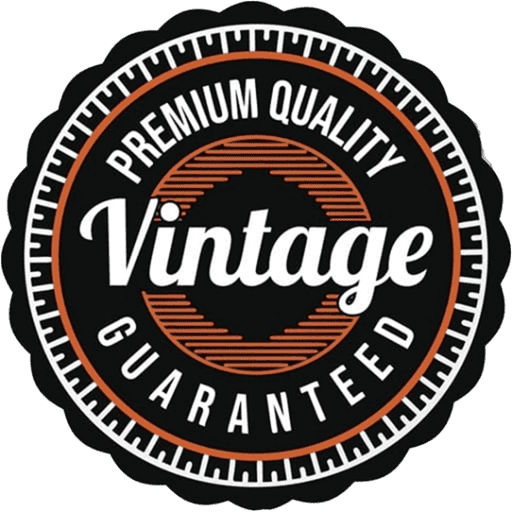Many people hesitate to describe someone or something as vintage at the age of 40, but in reality, context plays a crucial role. In fashion, automobiles, or collectibles, this age often signifies a significant milestone that can add to the item’s appeal and value. For instance, a 40-year-old car might be classified as classic, gaining recognition for its age and historical significance.
On the other hand, in the realm of fashion or personal style, turning 40 doesn’t automatically label an individual’s appearance as outdated or antique. Instead, it often reflects maturity and confidence, especially when combined with a focus on quality, timeless choices, and personal expression. Many consider this age as marking a phase where uniqueness and refinement come to the forefront.
In terms of societal perception, the term vintage is more often associated with items of a certain age–typically ranging from 20 to 100 years–rather than age brackets that focus on humans. Therefore, whether 40 is categorized as vintage depends mainly on the category, standards, and how history and culture regard that specific age. Ultimately, understanding that age alone doesn’t define value or style helps shift the perspective towards appreciation and individuality.
Understanding Vintage Status in Different Contexts: Fashion, Cars, and Collectibles
Determine vintage status based on the specific standards within each category. In fashion, garments are considered vintage if they are at least 20 years old and represent the style of a particular era. For example, clothing from the early 2000s qualifies as vintage today. When evaluating cars, model age is key; vehicles produced over 30 years ago often qualify as vintage, especially if they retain original features and have been well-maintained. Collectibles, such as coins, stamps, or toys, usually gain vintage classification after 25 to 50 years, depending on rarity and historical importance.
Assess the condition and originality of items, as these factors heavily influence vintage status. For fashion, pristine condition and original accessories increase value. For cars, minimal modifications and original parts reinforce vintage designation. In collectibles, authenticity and preservation impact whether an item is classified as vintage or simply old.
Note that the context shapes the perception of what constitutes vintage. The fashion industry often considers a broader age range, valuing style authenticity over strict age limits. Car enthusiasts focus heavily on manufacturing date and originality, while collectors prioritize rarity and historical relevance. Verifying documentation, provenance, or manufacturing records supports accurate classification in all cases.
Recognize that the term “vintage” often implies a level of desirability, whether due to rarity or cultural significance. Items from specific decades or eras tend to attract dedicated audiences. Understand these nuances when exploring different categories to appreciate the true vintage status of an item or vehicle you consider acquiring or valuing.
Practical Indicators to Determine if 40 Years Old Qualifies as Vintage
Check the item’s provenance and documentation. Authentic certificates, original purchase receipts, and historical records confirm age and rarity.
Material quality and construction serve as key indicators. Items built with durable, high-quality materials and showing craftsmanship typical of their era suggest a higher likelihood of being classified as vintage.
Design and stylistic features align with specific time periods. Recognize signature aesthetics, manufacturing techniques, and color schemes from the past to assess age validity.
Observe the wear and patina. Natural aging signs such as patina, slight fading, or gentle scuffs indicate authentic age rather than artificial aging or modern reproductions.
Brand recognition and historical significance influence classification. Items associated with notable brands, limited editions, or historical moments often gain vintage status after four decades.
Examine market availability and rarity. Items produced in limited numbers or from discontinued lines tend to increase in value and recognition as vintage objects over time.
Compare with expert standards and definitions. Consult reputable guides or industry specialists to verify features like style periods, manufacturing methods, and material use relevant to 40-year-old items.
